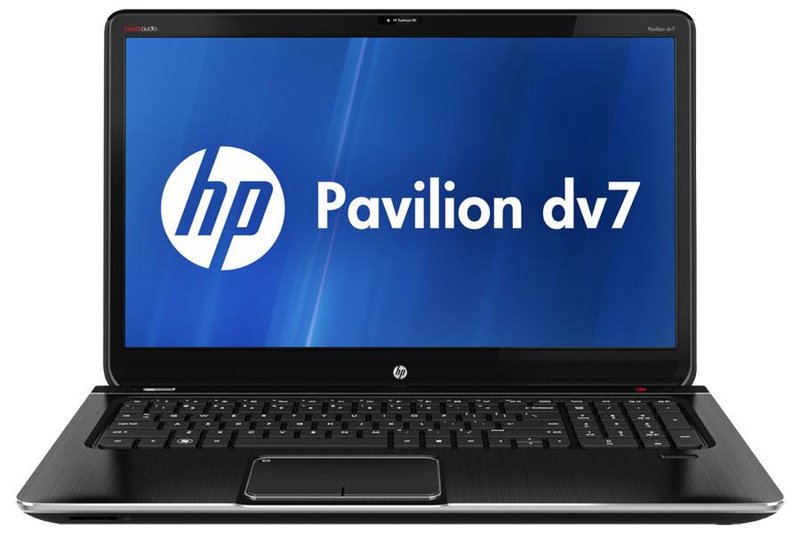Dual booting Ubuntu 14.04 and Windows on the HP Pavilion dv7-7008tx Laptop
I recently installed Ubuntu on my HP so that I could eventually replace it as my primary OS. As always, a few issues cropped up.
The 7008tx comes with 2 x 1TB hard drives with RAID support. By default (as far as I can tell) none of the RAID features are being used.
sda (1TB) - Installed on here is the Windows 7 OS along with a few other partitions for HP tools and recovery.
sdb (32GB) - this is a small 32 GB SSD drive that helps windows boot faster.
sdc (1TB) - This is the spare drive which is exactly the same size as sda and as such would allow RAID mirroring etc. By default there is no RAID running and is represented as the D: drive in Windows. I figured I could wipe this and install Ubuntu on this drive.
Something else weird about the 7008tx is that if you open your BIOS you will see that there is only a single hard drive to boot from, not three as you would expect. I don't know why this is but it took me three days to get the boot process worked out in an acceptable way as described below.
To cut a long story short, it turns out that the traditional BIOS is on the way out and UEFI is the future. When I installed Ubuntu I used the default partitioning option and it installed using EFI mode. The problem with this was I had to press ESC at boot then F9 and choose the "Laptop Hard Drive" option if I wanted to boot Windows 7, otherwise, it would automatically boot into GRUB. I tried multiple times and with multiple configurations to get Windows 7 into the GRUB menu but it just didn't work. This was really annoying.
It turned out to be a problem with the way Ubuntu and Windows 7 were installed. Windows 7 was installed using the legacy BIOS mode and Ubuntu was using EFI. The solution was to reinstall Ubuntu and manually partition the sdc so that is would install in BIOS mode instead of EFI mode.
When installing Ubuntu, choose manual partitioning and setup something like the following on sdc. The size of /root and /home is up to your.
- 12GB SWAP
- 50GB EXT4 for /root
- The remaining space EXT4 for /home
I selected sda (The Windows Drive) as the location to install the bootloader thinking that this would then allow me to use GRUB and add the Window 7 menu item. When the install finished and I restarted, it booted straight into Windows again. As this was probably about day 3 by now, I decided to instead accept that I was not going to get GRUB to boot and use the Windows 7 bootloader to boot Ubuntu instead.
I used a software package called EasyBSD for windows to add a new menu item for Ubuntu.
Once installed
Amazingly, when selecting the Ubuntu menu item from the Windows Boot Loader, it booted up.
Once installed
- Click "Add new Entry"
- Select Linux/BSD
- Select GRUB2
- Change the name to Ubuntu
- In the Drive section, select the partition you installed /root on. For me it was Disk 1 (partition 2).
- Click "Add Entry" and reboot
Amazingly, when selecting the Ubuntu menu item from the Windows Boot Loader, it booted up.
So now it is installed and we can boot into Ubuntu, checkout my next post on configuring Ubuntu to recognise the drivers and settings needed to take full advantage of your 7008tx hardware here.

No comments:
Post a Comment